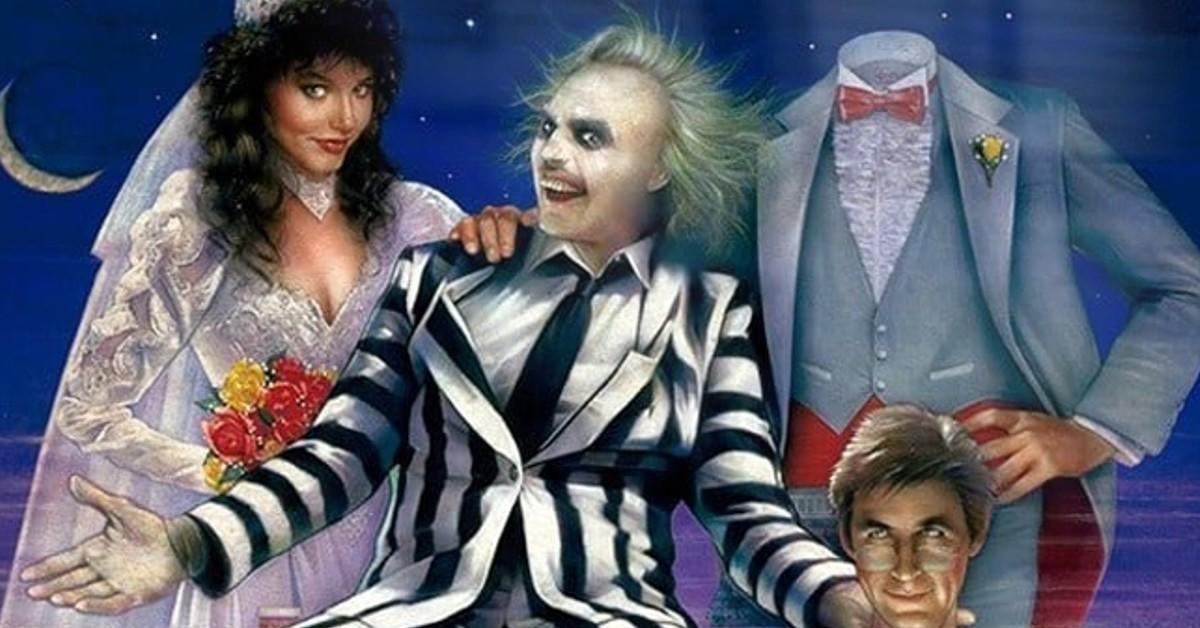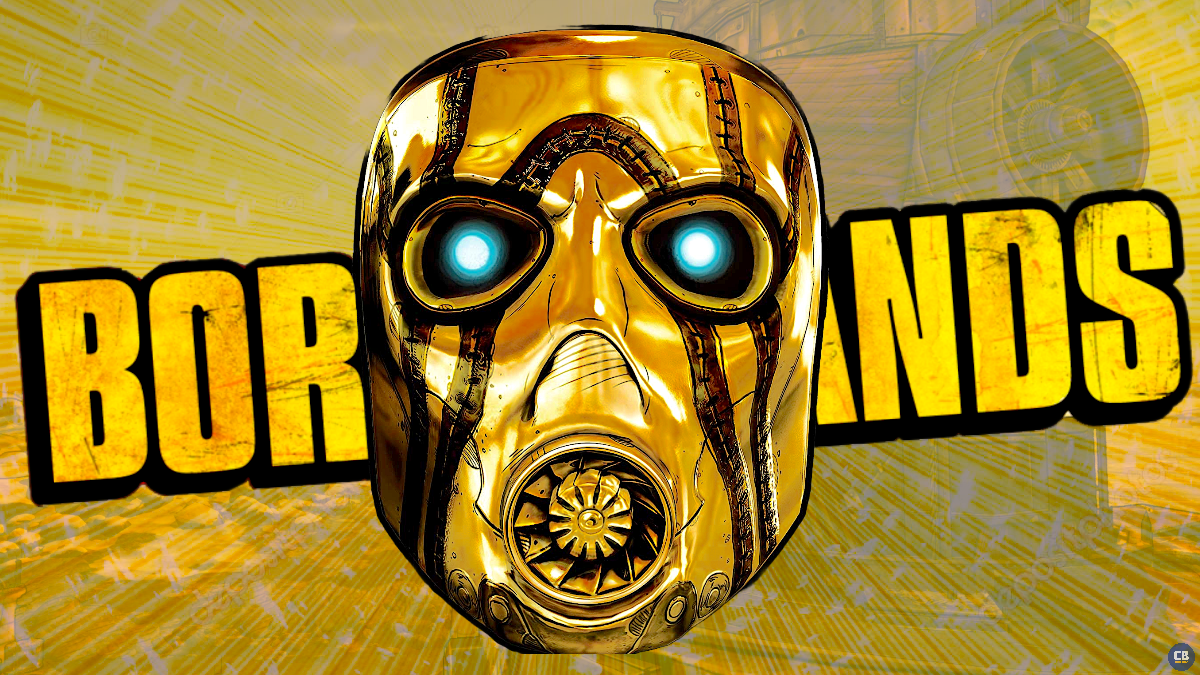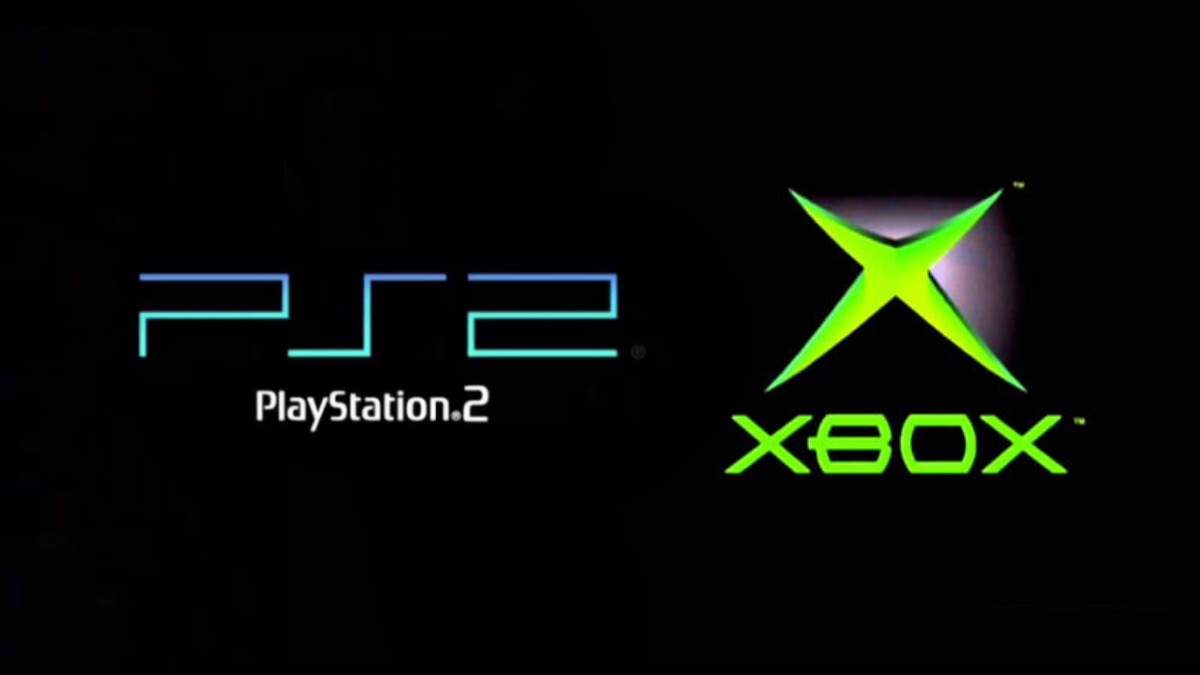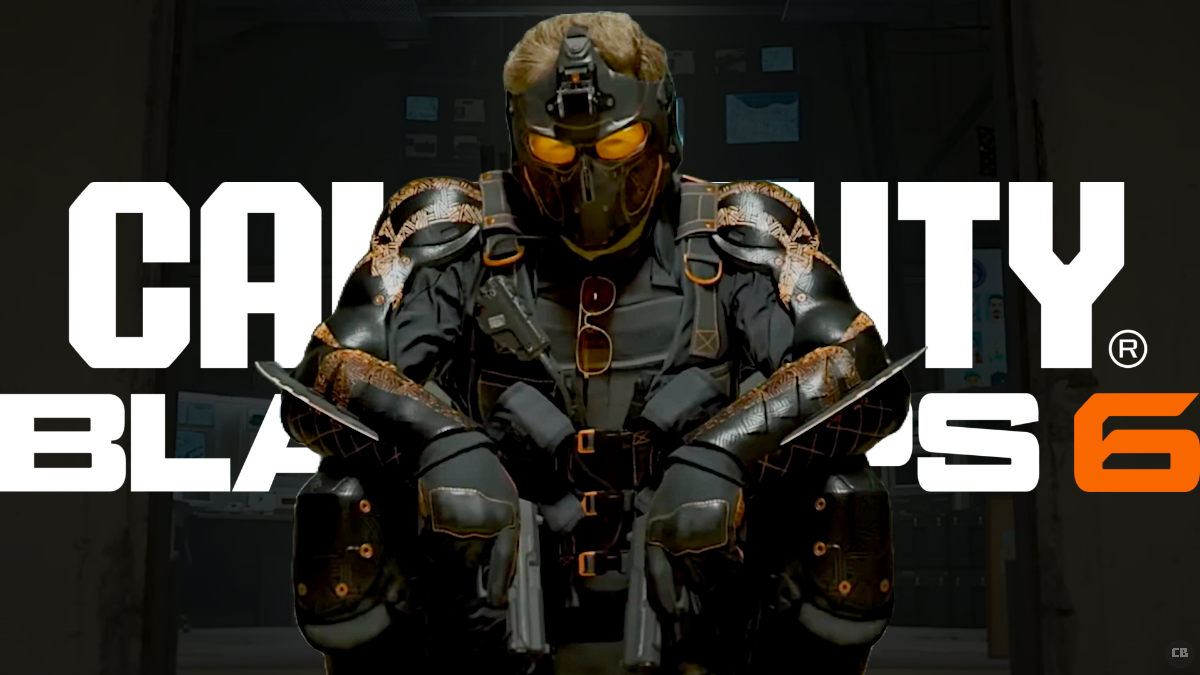Batman: One Dark Knight's Jock Talks Crafting His DC Black Label Series
Batman fans know Jock. The artist drew Batman: The Black Mirror, a modern classic, and more recently worked on The Batman Who Laughs. But in those cases, he was part of a team. His next Batman story, Batman: One Dark Knight, offers Jock the opportunity to present his singular vision of a Batman story. As the title suggests, the DC Black Label miniseries looks at a single night in Batman's life defending Gotham City. The night happens to take place during a heatwave and when the lights go out, Batman's evening becomes a lot more interesting than he had expected.
Batman: One Dark Knight #1 won't hit store shelves until Christmas week, but with the final order cutoff fast approaching next week, ComicBook.com had the opportunity to speak to Jock about the new series. He touched on his motivations for writing, his inspirations, and what readers should expect from the story. Here's what he had to say:
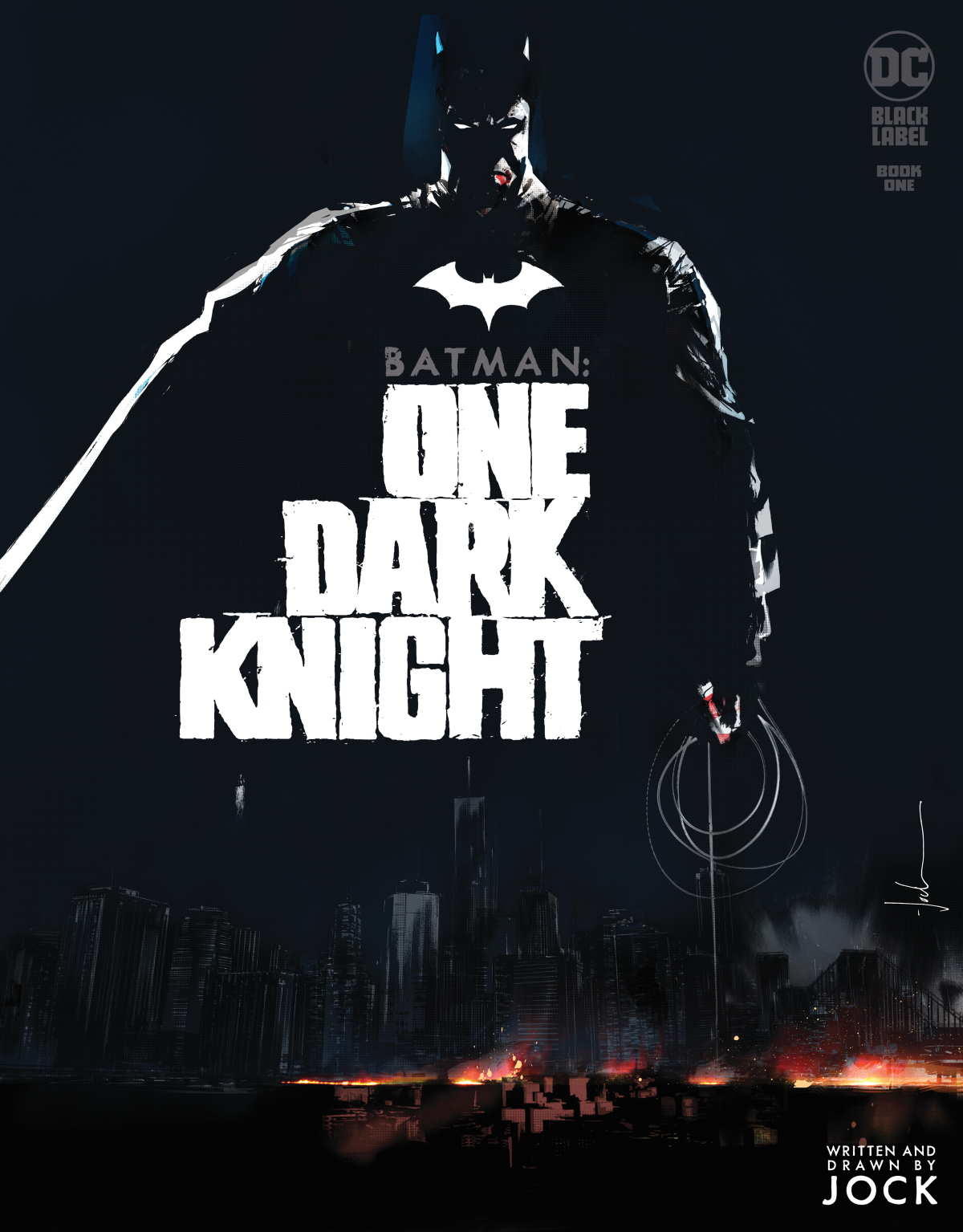
In your mind, what's essential to a good Batman story?
Jock: When I was starting out on it, I did have to decide what role Batman would play in the story. Do you make him more personal, the Bruce Wayne behind the mask? Do you make him more of an ethereal kind of specter of the night, where he just comes rushing into a scene, like a force of nature? And I think one of the brilliant things about Batman is that he can be all those things. That's what makes him such a versatile and longstanding character, is that he's been handled many, many ways, and that's one of his strengths.
So going into this one, I had to figure that out what's my Batman going to be? And I landed on more of a force of nature. He doesn't really change at all. He does his thing in this story, but he doesn't really change. The characters around him have the arcs. The strength of Batman is his moral center combined with his strength and his abilities that make for a compelling story. But I leaned into those sides of things, rather than getting behind the mask and trying to figure out who Batman was and why he is what he is.
You talked about his flexibility and that you leaned into the force of nature angle for this story, but do you have a definitive version of Batman in your head? Or is it really the malleability that works for you?
He's a mishmash of lots of different influences, I would say. On my wall for this one -- I make big mood boards when I'm working on a story, visual mood boards, all kinds of stuff -- I've got lots of Batman art up on my wall in the studio, and most of it is classic '70s, '80s blue cape Neal Adams. Who else is up there? Bernie Wrightson from his Swamp Thing issue really early in the '70s and The Cult as well. What else is up there? Just some of the more classic '70s looks that I wanted to touch on in this.
I think I'm more known for the darker, grittier stuff, but I think there's a real nostalgic quality to some of that old Batman art that we don't see anymore. I wanted to try and combine the two, really. There are obviously other references. Frank Miller's Dark Knight Returns is obvious for me. A bunch of other stuff. But with this one, I wanted to bring all that as a melting pot together. It isn't lost on me that this is my first chance to work on a character of such a huge legacy, and so this is my chance to bring what I love about that character to the book.
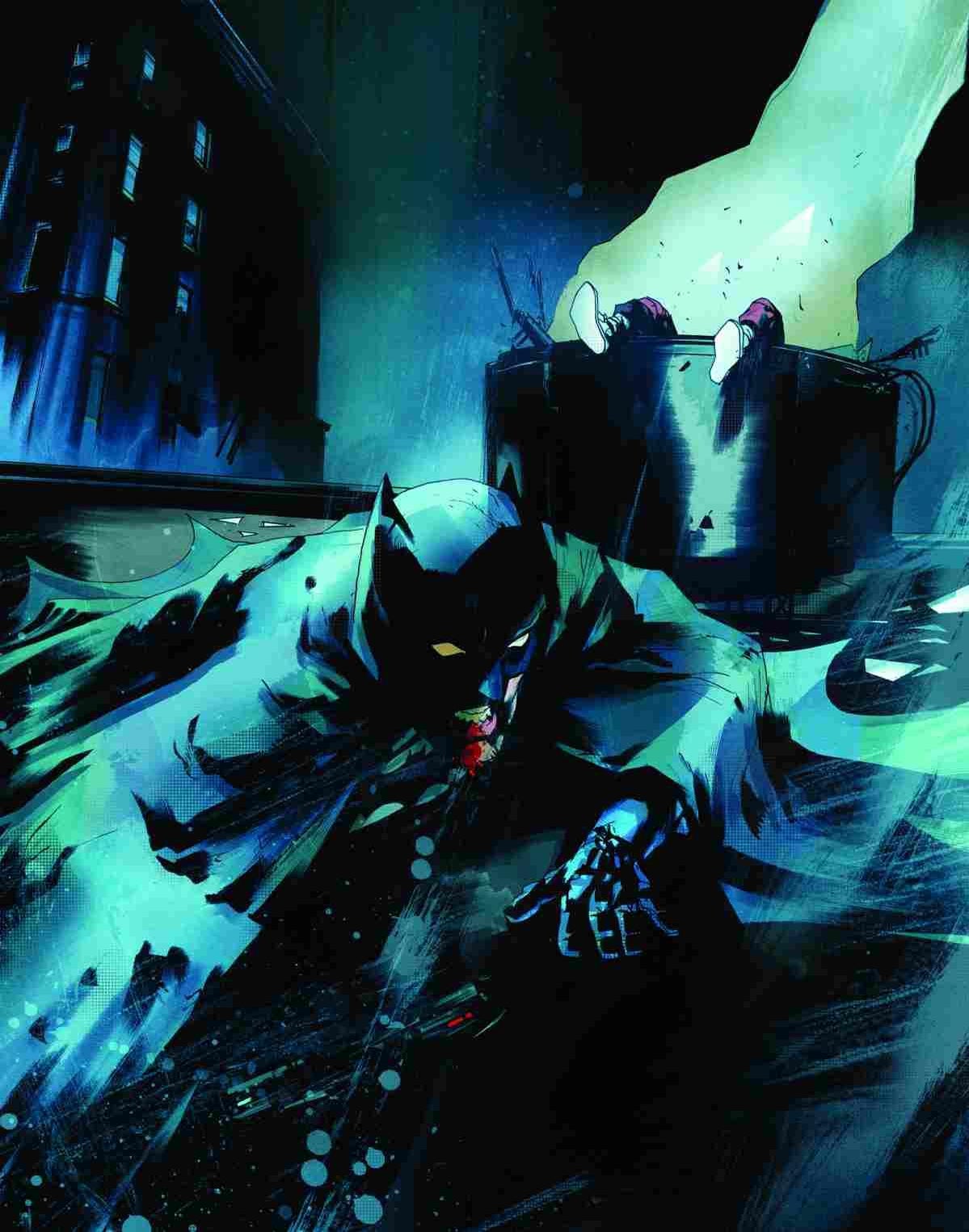
Speaking of those '70s Batman influences, Batman has that blue cape in One Dark Knight. I feel like these days when an artist puts a blue cape on Batman, that's making a statement about something.
Yeah, it is. Like I said, it's easier for me to go super dark and black. I've been lucky enough to have good writer friends, who I've chatted to along the way with this one. Scott Snyder, for example, just said, "Listen, just trust your instincts. You have good instincts. Go with what you believe in, and that will see you right."
And the blue cape thing, I just had a really good feeling about it. And I thought I'm just going to do it. I feel like, hopefully, if there's one reader that picks it up and goes, "Oh, cool. Look, that's kind of like..." -- Nostalgia's a funny one to play with, and I don't want to be complete nostalgia. That's not why I'm doing it. But there's just something about the blue cape that I thought would look cool amongst the story that I was telling. And also, the story is about a blackout in Gotham City. And visually, that blue cape is now going to pop out of the pages, art-wise, for a bit of clarity and also hopefully some nice design elements going on in the pages.
Obviously, you're known as an artist. What made you want to write a Batman story?
That's a good question as well, because, to be honest, a lot of my favorite creators, essentially, are writer-artists. And it's something that I've always wanted to do, really, to be honest. I've been very, very lucky that I've worked with great writers, and I will again, for sure, but there's something about a really well-made comic by just one creator. There's a purity to it that I love. And comics are a very personal experience. It's just the reader and the writer, artist, whoever that's gone into making it. There's a very kind of close personal thing. And I think, as a writer-artist, there's a sort of purity to it that I've always loved, and it's something that I've always wanted to do.
And I've flirted with a few stories over the years, but when I got this opportunity, I just wanted to grab it with both hands, to be honest. And I've put everything I've got into it. And it's been a funny couple of years for everyone with lockdown and everything, but nearly all of this year I've spent just on this project, and it's very special to me that it's coming out. It's just something I've always, essentially, wanted to do.
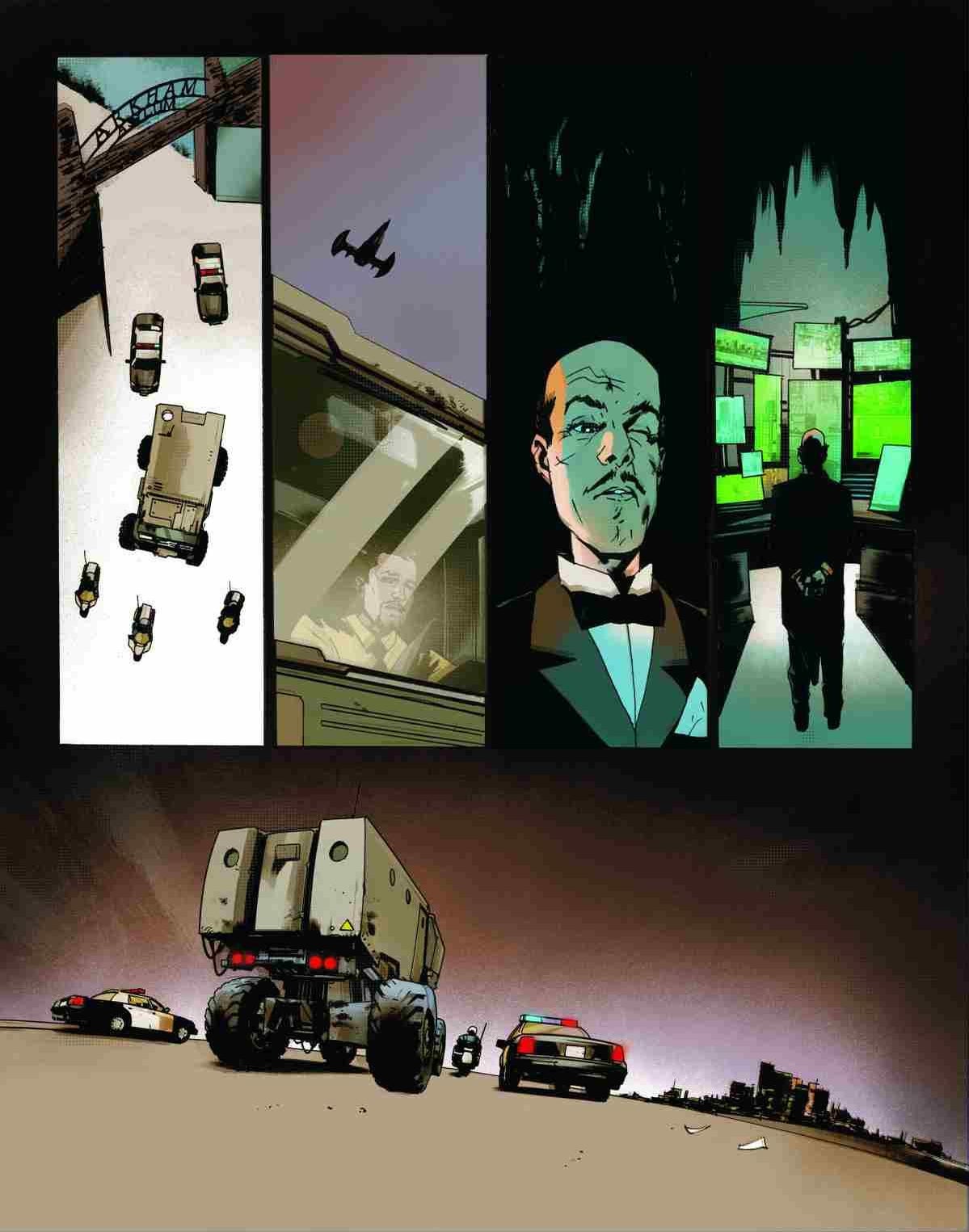
The Dark Knight Returns seems like the obvious one, but are there any other examples of that kind of writer/artist magic that you had in mind going into this?
I love Paul Pope. I love his Year 100. Frank's an obvious influence. I'm British, so I find it hard to accept praise, but people seem to like the way that I draw Batman, and my feeling was, well, do you know what? If I can bring even more of that out in this story, then that would be a really cool thing to do. So that was my focus.
Do you remember your original pitch for this story? Was it pretty close to what it is now, or did it start somewhere else and evolve into what it is now?
The initial spark of the idea was just a night in the life. I love those kinds of stories where it's a mundane situation where extraordinary things happen, and the original idea was a night in the life. What does Batman's Monday look like? It's probably very different to ours, right?
At the time, the initial editor that got this going was Mark Doyle, and I met him in New York and chatted through that idea, but it was all pretty vague, and I was disappointed that I didn't have more of a solid idea for it. And I was over there with my good friend, Lee Garbett, and Lee actually came up with the blackout idea. I met him straight after and we had a drink and he came up with the blackout idea. And I was like, that's it. That's the hook. That's the thing that elevates it, that Monday night becomes one very dark night for Batman. So the original idea was a simple night in the life of Gotham City and Batman, but the minute the blackout idea came, it streamlined everything, and I immediately figured out what the story needed to be.
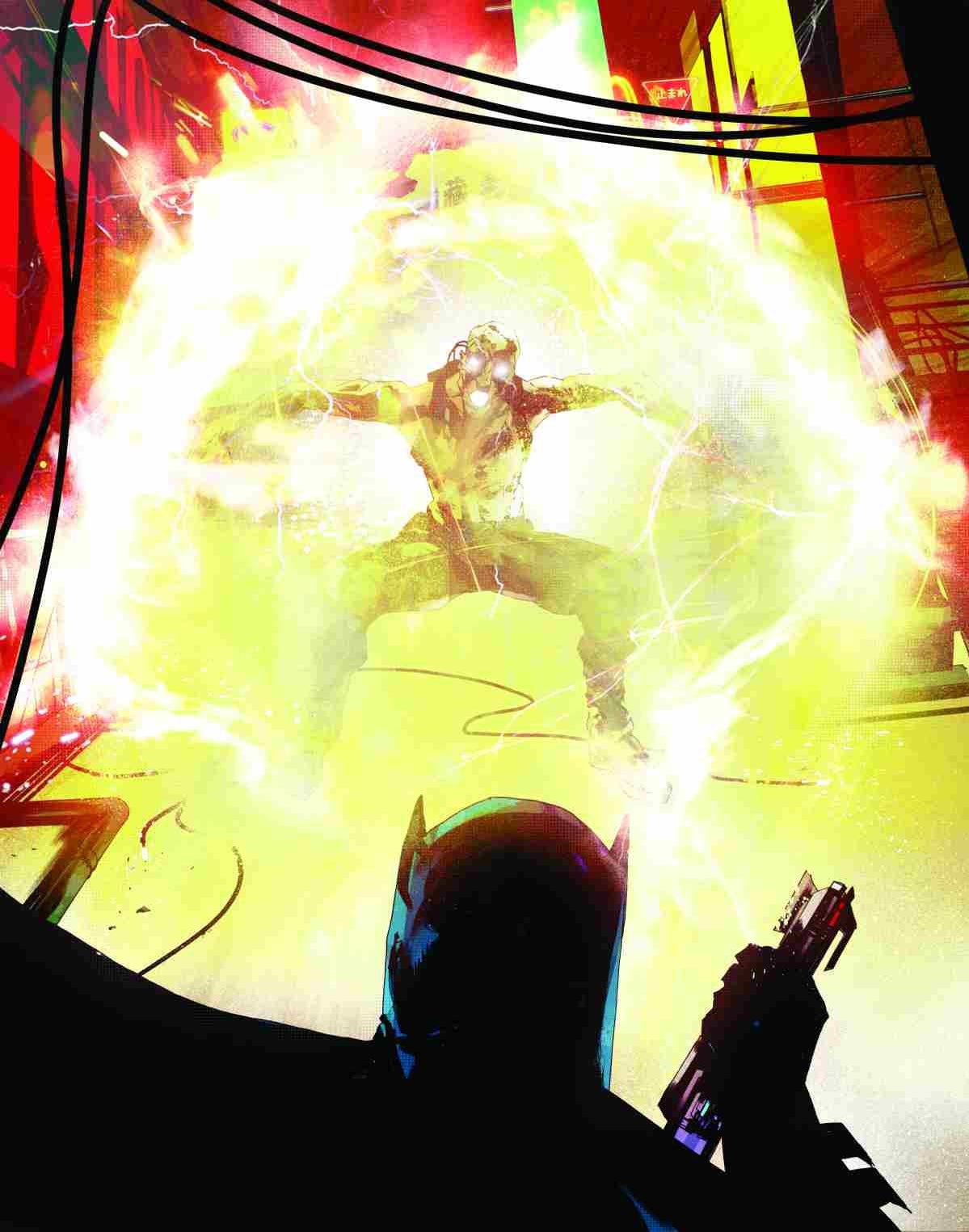
How does being the writer of this story affect the way you approach the artwork? Is it much the same process, or do you go about breaking everything down differently?
I write with the art, to be honest. I do small thumbnails of the pages, and I start and I go and I figure them out and I edit them and I pull them back and I condense them and I expand them. Funny enough, talking about Paul Pope, he's a friend now, and I was chatting to him about this, and that's how he approaches it as well. I guess I think, in terms of visuals with storytelling. It just made sense for me to figure it out that way. I end up with layouts after a lot of revisions and changes, and, as I said, expanding and condensing to get the rhythm right.
For me, the rhythm's a really important part of a comic. You want to feel like the pages, you're turning them at the right speed. There's an urgency to this kind of story that I'm hoping I get across, so doing it visually really helps me with that because, although I work from full scripts normally, if I sat down and wrote a full script myself, I wouldn't necessarily have the same sense of it as I would laying it out visually. So that's what I've done, and then I end up with layouts that I almost do a Marvel-style approach with where I'll then dialogue on the layouts, and that's how we figure out the issue. Luckily, my editor, Chris Conroy, when I first showed him this, he's like, "This is fine. I can totally work with this." And I was like, great. Thank goodness.
Are there things you might try to do with your own script that you maybe wouldn't attempt with somebody else's?
Yeah, definitely, for sure. I've been careful. What you don't want to do is indulge yourself too much, like give yourself six pages for Batman jumping off a bridge or something. However, coming back to the writer-artist thing, there are little moments, I think, that you can do in stories when it's a writer-artist that maybe wouldn't land in the same way when it's a book made by a bunch of people. I'm not saying that's across the board, obviously, but you know what I mean.
I wanted to be careful not to indulge myself, but at the same time, I can definitely do things, visually, that I maybe wouldn't necessarily do with a different writer. And, again, Chris, my editor, really encouraged that, certainly, in issue three, when we get to the climax. I love experimenting with page layouts and storytelling that only comics can do; that very special, unique thing that comics have where it's graphic art combined with storytelling, and you can do that in really interesting ways. And I love getting to fool around with that stuff, so you'll definitely see some of that in this. But, again, even though I'm more of an artist, it was really important to me that the story works, that the story tracks for readers. And then, hopefully, the art will bring something else to it as well.
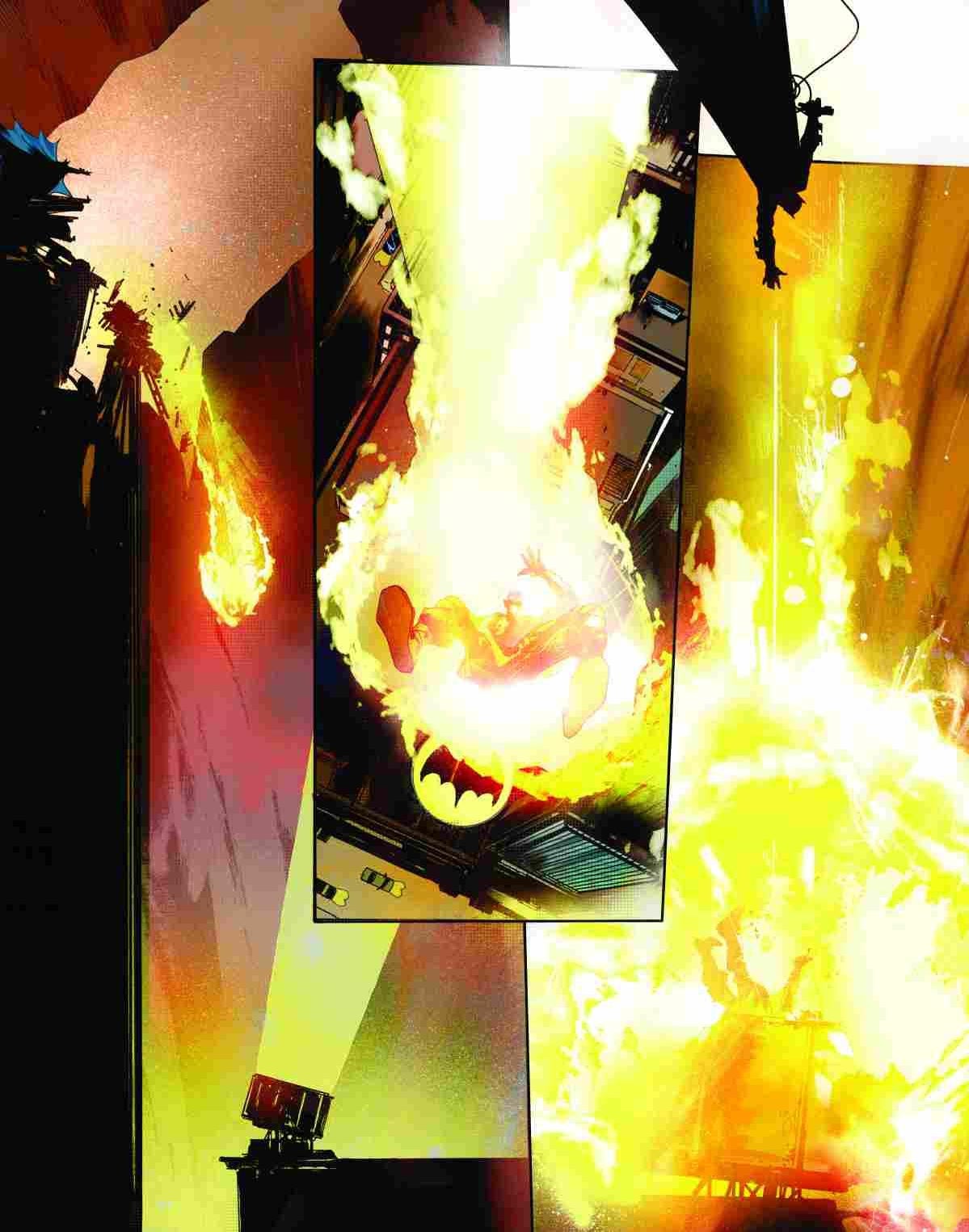
Were there any particular elements of the writing process that you found either challenging or found that you enjoyed more than you expected?
The writing's been the tough part of this project, for sure. Normally, I've got about 20% of my brain when I'm drawing, telling me that it's not good enough or that could be better. I think we all have a little element of ourselves that is always criticizing, and that's what makes you progress, and that's what makes you better at everything, which is fine. But I've noticed on this one, all of that goes on the writing, so the drawing has just been a total breeze. I don't mean to sound arrogant, it's just I've so enjoyed drawing this book. It's been wonderful to draw because all of my concern has been on the writing.
Because, again, laying it out, I was really pleased with the rhythm and pacing of the book and how it flows. And then what I've got to do is put the dialogue on and make sure that I don't interrupt that; that I don't slow it down. I don't trip myself up with things. So it's been a learning curve, but I've massively enjoyed it. And, again, luckily, knowing a lot of great writers that I've worked with, I've had a few chats with writer friends that has been really beneficial as well.
Batman: One Dark Knight is coming out on DC's Black Label, which has become a real pillar for their publishing line over the past few years. Can you speak to your experience working with the imprint, and how it may have affected what you were able to do with this story that you might not have otherwise?
Terrific, to be honest. My favorite types of comics are the type of comics you can just give to any reader. They don't have to know the month-by-month continuity or whatever. That stuff's great too, but I've always loved a story that's with a beginning, middle, and end, that you could hand to anyone and say, "Pick this up and read it." One of the things I love about comics are the creators and the voices that they can bring, and Black Label is an amazing home for that, I think. And I'm really proud and happy that DC published that stuff because there is more freedom, for sure. I haven't really pushed that too much. I think, at one point, Chris said, "You could kill Batman in this one if you wanted." So it's like, oh, okay, we really could do anything with this. What that really meant was, okay, I can really bring my own take on this, and it just wasn't a question.
And aside from all that, Black Label, I think that its strength should be about unique voices bringing their own stories. And we've seen that with Cliff's first Catwoman issue; absolutely wonderful. And all the other slate of Black Label, it sort of encourages me to see that stuff on the shelves, to be honest, because I think all the comics that we referenced about being classics, they all come from that mold in one way or another; the Watchmens and Dark Knight Returns. When you look back on them, they're different. There's something unique about them, and that's actually their strength. And that's certainly what draws me towards Black Label.
Before I let you go, is there anything else you'd like to say to potential readers thinking of picking up Batman: One Dark Knight? Any hints or teases about what they should expect?
Well, that's quite a tough one to answer. What do I say? When it comes down to it, I'm really proud to get to work on this book, and I've put everything I've got into it, and I really hope that people enjoy it when it comes out in December.
Batman: One Dark Knight #1 release in stores on December 22nd. The final order cutoff date is November 18th. This interview has been edited for clarity and flow.

